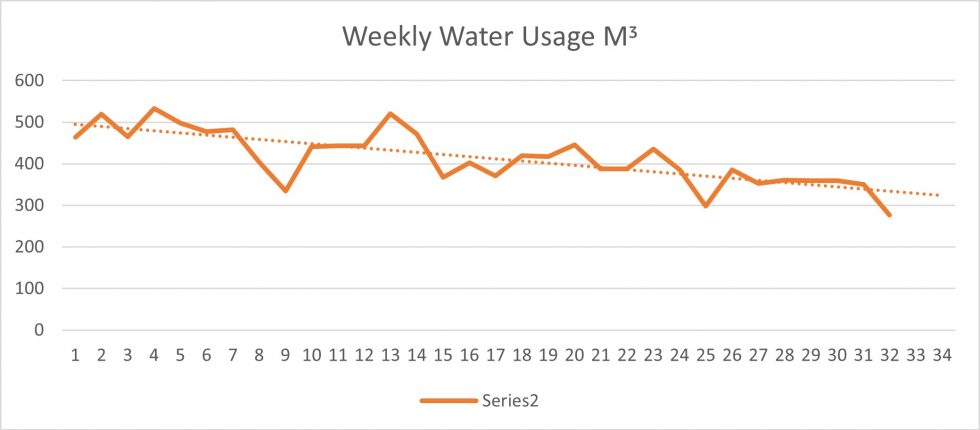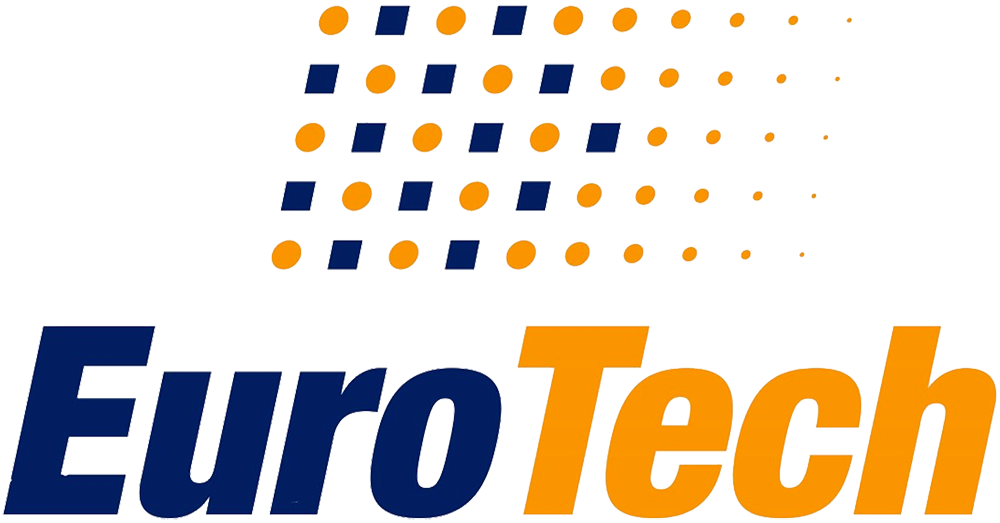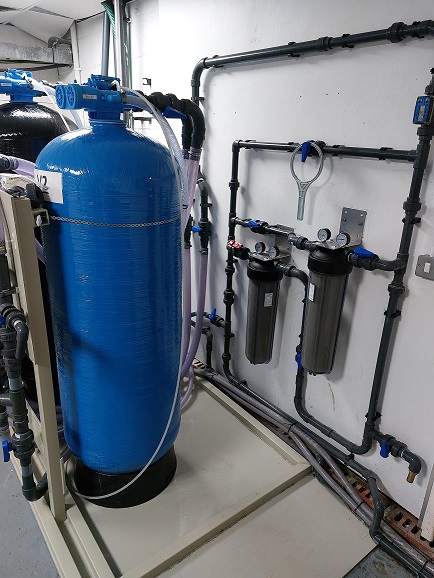
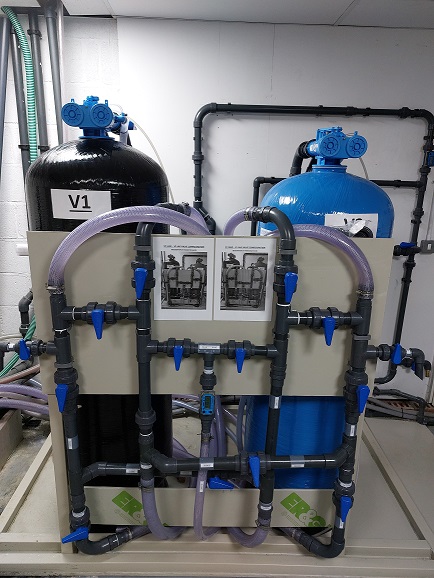
Copper is the major metal used in the electronics industry, and so it is inevitable that it is likely to be present in our internal waste streams.
As part of our continuous improvement plan, we have therefore developed an onsite treatment plant capable of reducing and stabilising our effluent copper content.
Overview
The system consists of 500 litres of Weak Acid Cation (WAC) Resin within 2 x 300 litre vessels.
These vessels are connected in series in a “Lead and Lag” configuration, where the effluent first passes through the Lead vessel to remove the majority of the copper from the waste stream, and then into the Lag vessel which “polishes” prior to discharge to drain.
When the Lead vessel requires regeneration, the effluent stream is diverted (via a system of valves) into the Lag vessel, so that treatment can continue. Once the regeneration is complete, the former Lead vessel becomes the Lag, and the cycle continues.
Each vessel has a sample point at output (for determine regeneration point through analysis), and valves to introduce soft water for backwashing and regeneration acid draw. A digital flow meter enables us to set the correct flow rates/ volumes to avoid excessive hydraulic lift during backwash, and optimum contact time for the regeneration cycle.
Prior to these vessels is a multi-staged gross particulate filtration system, which filters applicable waste streams from 50 to 20 to 5 microns, prior to entering the resin beds.
WAC resin working parameters are very well suited to our effluent make up, pH range and waste stream flow rates.
Other benefits of WAC resin include:
- Good selectivity for heavy metals, particularly copper, with high capacity.
- Relatively low cost compared to mixed bed or Cation/ Anion resin systems
- Only one chemical is required for regeneration of resin, and at very low concentrations.
- Minimal amounts of water required for both backwashing and regeneration.
Since the system went live, we have been taking multiple daily samples at input (untreated effluent) and output (treated effluent) and have seen very positive results. We have also seen a reduction in our water usage as we have not required any additional dilution water since the system has been in use.
Going forward, we are viewing the wastewater as a commodity, and use the treatment plant as part of a recycling system so that water can be re-used throughout the factory where possible.

- Copper INTO treatment plant: 66% of samples are ABOVE consent limits
- Copper OUT of treatment plant: 100% of samples WITHIN consent limits
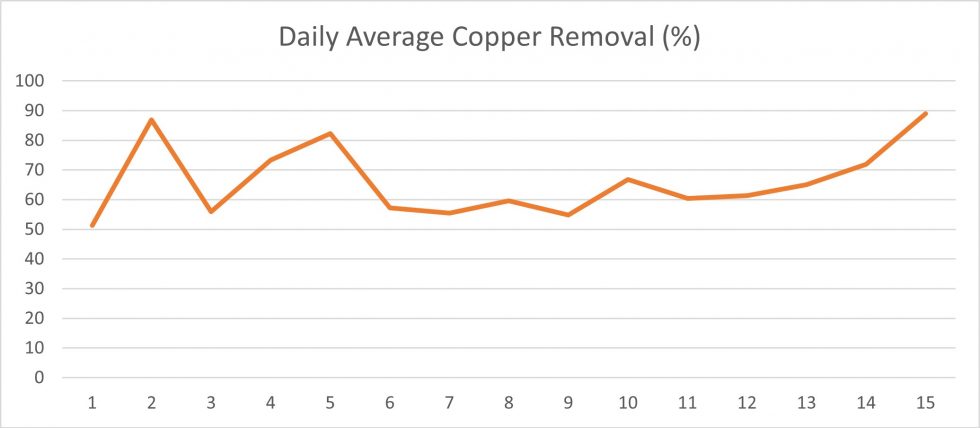
- Copper removal up to 89%
- Average Daily Copper removal is 50%
The following chart shows the reduction (and stabilising) of our water usage since the effluent plant went live.
